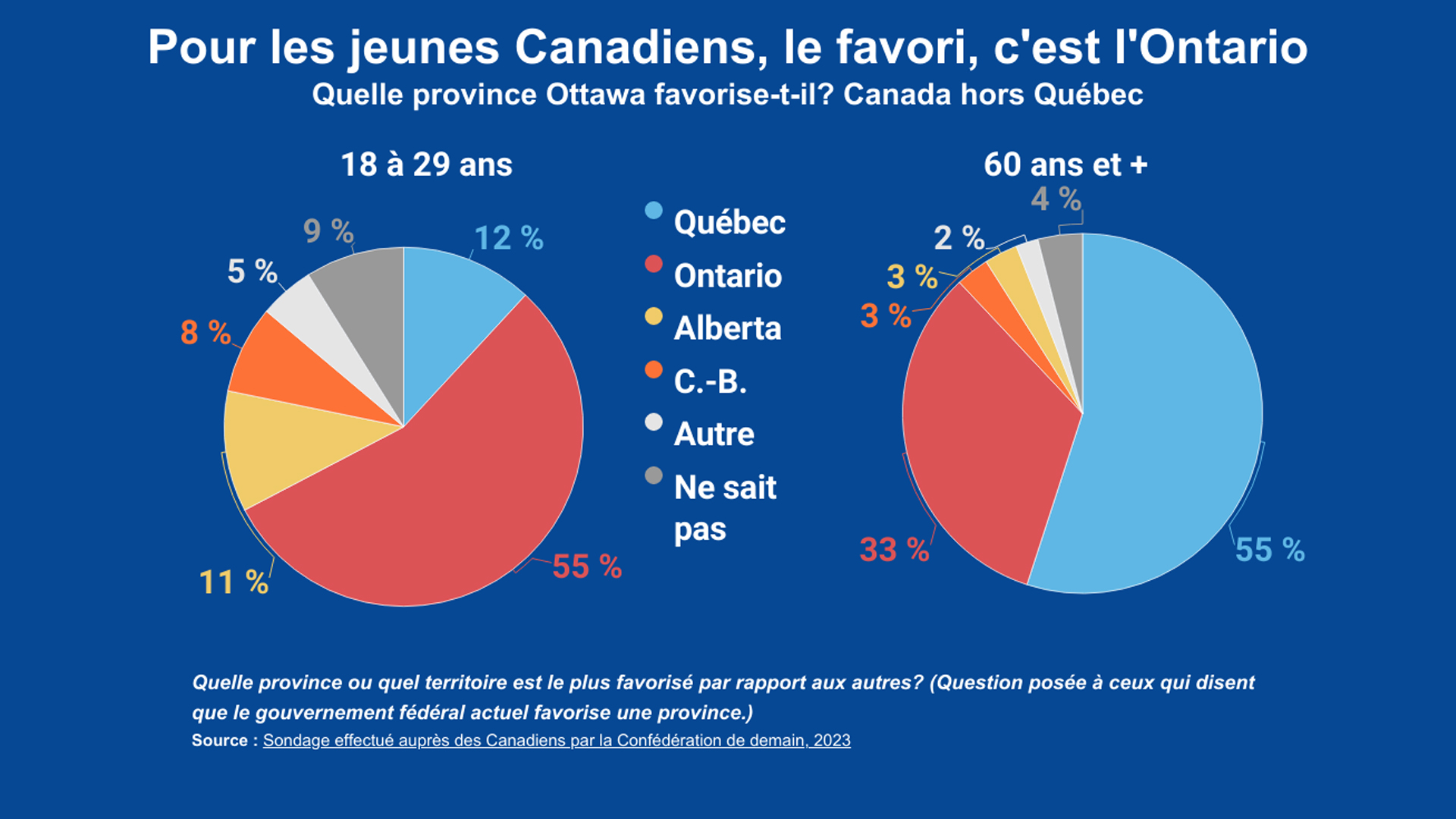
Canadian and European cities both get limited attention in their countries’ constitutions and share a high subjugation to provinces (in Canada) and to states (in Europe). They remain creatures of provincial or state legislatures, though there have been reform proposals for enhancing the status of some cities in both contexts.
With the pandemic, cities have been at the forefront of the emergency worldwide, and we have realized how much they matter for citizens’ rights. This is why it is urgent to explore attempts to re-evaluate their role. There are two interesting processes that have emerged from the European experience: one from the bottom-up and the other from the top-down.
Adopting the first perspective (bottom-up), it seems clear that despite the limited attention from member states’ constitutions, many European cities have a clear perception of the role they can play as it has emerged particularly during a pandemic.
This awareness is often expressed through city co-operation, connections and lobbying beyond the states. Associations of cities that act to advance their interests or to influence the adoption of targeted policies represent more and more relevant actors in the European Union scenario. The book The History of the Committee of the Regions, for example, reveals the role played by the Council of European Municipalities (CEM) in the early stage of its creation. Recently, the Urban Agenda for the EU acknowledges the contribution of cities associations in its annex.
The most famous of these associations are probably the Council of European Municipalities and Regions and Eurocities. “City activism” in the context of cities dominated by states is one of the most interesting phenomena that can be observed in Europe, and offers insight into the relevance cities can have in the international arena, especially through networks and associations.
The second perspective (top-down) allows us to focus on policy attempts that have been experienced at the EU level to enhance the role of cities. Primarily, it is necessary to clarify that, similar to provincial jurisdiction on cities in Canada, European member states retain exclusive jurisdiction over local authorities and the EU must respect the constitutional identity of member states, including “regional and local self-government” (article. 4 of the Treaty on European Union). In both contexts – European and Canadian – cities are in a “constitutional straitjacket.”
This framework explains why the EU focuses on cities mainly through an intergovernmental top-down process that has seen the adoption of declarations and documents by ministers responsible for urban development. The highlight of these actions was the launch of an Urban Agenda for the EU in 2016, established by the Pact of Amsterdam to forge a new approach to the role of cities.
This policy is considered “a historic step on the path towards a closer association of cities to the development of EU and national policies,” according to the European Commission’s report on the Urban Agenda. “It gives an opportunity for cities to come up with concrete actions in favour of a better regulation, better funding and better knowledge of EU and national policies.” The report also describes it as “an innovative working method putting multi-level governance in practice, the agenda being jointly steered by all involved partners on a voluntary, inclusive and equal basis.”
The achievements of the Urban Agenda are interesting when considering the establishment of a new governance model and a more integrated approach to urban development. They include “multi-level governance” and “multi-stakeholder involvement,” as well as the introduction of urban issues on the EU agenda, the enhancement of national and regional urban policy-making. This way, cities are provided increased opportunity to be involved and have their voices heard on urban matters within national and European policy-making, as well as at the EU and global levels to address urban challenges.
The most prominent and recent examples of this increasing attention achieved by cities in Europe can be found in the New Leipzig Charter, released in November 2020. This offers a framework for sustainable urban development “using the transformative power of European cities.” As well, the Territorial Agenda 2030, which was released in December 2020, “provides orientation for strategic spatial planning and calls for strengthening the territorial dimension of sector policies at all governance levels” and “to promote an inclusive and sustainable future for all places and to help achieve Sustainable Development Goals in Europe.”
Obviously, this attention does not mean automatic relevance for cities, but it is an important starting point. Even if the role and powers of cities are established by domestic law through national constitutions, the EU could play an important role in highlighting the importance of the role of cities in Europe. The hypothesis is that the discussion at the EU level would provide new consideration for cities’ potential for constitutional change. A similar path, in fact, has already happened in Europe with respect to the role of regions during the 1990s, when constitutional reforms were enacted in several member states to enhance their role under the influence of the EU integration process.
The European urban policies described above show that there has been a rich debate on the role of cities in Europe over the last decade, involving EU institutions, cities and member states. Debates in the EU have created “spaces” for cities by giving them an institutional arena where their voices can be heard and considered, despite their subnational status. It is exactly within the space created by a top-down governance model promoted by the EU that bottom-up activism can flourish.
In the fight against the pandemic for example, many European cities offered innovative ways to use public spaces, provided public services and local service delivery, supported business and economic recovery and targeted measures to protect vulnerable groups, such as migrants, the elderly and children.
In a nutshell, the European experience may offer interesting suggestions for the Canadian experience to the extent that it shows how much multilevel governance can highlight cities’ role, especially in the next few years, when an ambitious stimulus package established by the EU will be implemented. After the pandemic, in fact, it seems clear that the recovery will be sustainable if it involves cities.
This article is part of the Reshaping Canada’s Cities After the Pandemic Shockwave special feature.









